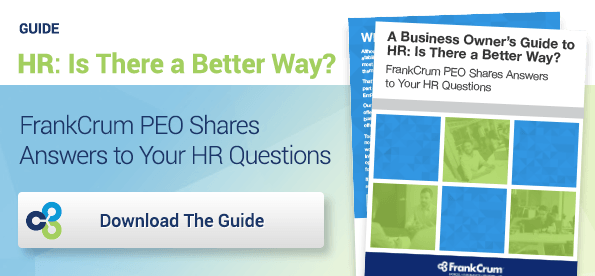 Many employers and contractors may have already made the move toward outsourcing payroll services, employee benefits and/or workers’ compensation/risk management. How many, though, realize that these represent only the tip of the HR iceberg?
Many employers and contractors may have already made the move toward outsourcing payroll services, employee benefits and/or workers’ compensation/risk management. How many, though, realize that these represent only the tip of the HR iceberg?
Most HR experts consider the HR services that cover the full spectrum of the employee “life cycle” – services ranging from recruitment through employee relations all the way to separation – are too often overlooked or ignored.
These services can have a significant impact on employee satisfaction and retention, productivity and even exposure to lawsuits. Let’s examine them to see how a more comprehensive approach can benefit plumbing businesses of all sizes.
Recruitment/Hiring
There are a number of best practices that can help you do a better job of hiring. These include job descriptions to clarify roles, written employment applications, structured interviews, background checks, drug screenings and past employment verification.
Offering competitive salary and benefits packages, along with as much flexibility in scheduling as is appropriate in the your industry, are important. Don’t forget to discuss your company’s goals and core values and measure the applicant in comparison to them to ensure the best fit.
We recommend you have the right policies and procedures in place and make your expectations clear. After you hire, offer a good onboarding program, augmented by thorough, consistent training in the specific tasks each employee will be expected to perform.
Employee Relations
Employee issues fall within 3 categories, which are performance, attendance and conduct. Few, if any, of the employee problems that arise will go away on their own and many require professional assistance in resolving them favorably.
The process we suggest is as follows:
- Identify the issues: What, specifically are you observing? Drill down beyond the symptoms to the core issues so you can develop the appropriate course of action – what you can see, hear and measure.
- Analyze the problem and how serious it is: Ask why the problem is happening. This analysis will identify whether there are obstacles beyond the employee’s control as well as whether legislation such as Family and Medical Leave Act (FMLA) and Americans with Disabilities Act (ADA) may be related to resolving the employee’s behavior. Ultimately, though, to be able to resolve an issue, the employee must be coachable/manageable; willing to learn and change behaviors; and have the ability to perform the job.
- Identify corrective steps: Some of the questions to ask in this step are what proof we have this is happening, how serious the issue is and how you have dealt with similar problems in the past, both with other employees and this employee. This last question is important not only for identifying what has and has not worked in the past but also what the legal implications might be of inconsistent corrective actions.
- Corrective actions: Every situation is unique, which is why we provide employers with appropriate information and the tools they will need, including what to say and not say during the corrective action process. Steps, all of which should be documented, include dismissal, verbal warnings and written warnings, coaching and decision-making paid leave, in which employees are sent home in the afternoon and told to return the next day with a written explanation regarding both what the deficiencies are and what they will do to correct it. The next day, they may choose to comply with these instructions and return with a document for discussion, they may submit a letter of resignation or they may make no response. Not returning the next day with a written response may be considered insubordinate behavior, which could then result in dismissal.
- Separation: If separation is indicated, you should have a written record of all corrective actions, and ensure that employees understand why they are being terminated. All such communication should be dispassionate and brief; it should not be a harsh or lengthy conversation that results in back and forth conversation about the issues.
- Positive employee relations: We advise clients to treat all employees with dignity and respect, making sure supervisors do the same; and consider ways to engage employees such as employee recognition programs, company events and even community volunteer projects.
The Key to Business Success
Your employees are the most important “make or break” factor in your business success. Taking the time to get the proper advice to establish best practices on both the positive and negative aspects of human resource management can put you on the path toward becoming an employer of choice, and most likely a more profitable one.












